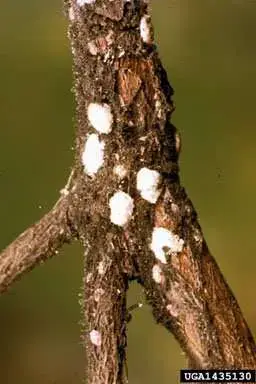Crepe Myrtle Diseases & Treatments
Crepe myrtles have several diseases and insects they are prone to. RTEC TreeCare’s certified arborists have the tools and experience to treat your crepe myrtle.
Crape Myrtle Bark Scale:
These pests are the most common crape myrtle nuisance in our area. They’re small, flat, reddish-brown scale insects that attach themselves to the tree bark and consume the sap. Due to their stagnant unmoving nature, these pests are unique, often not appearing as insects at all. The most frustrating result is the sticky substance they produce, which is known to drip from the tree canopy. You can learn more about this common pest on our other blog here.
Symptoms: Clusters of white insects on the bark, sticky honeydew dripping from the leaves, branch dieback, early leaf drop, less vigorous blooms, black sooty mold on lower vegetation.
Call: (703) 573-3029
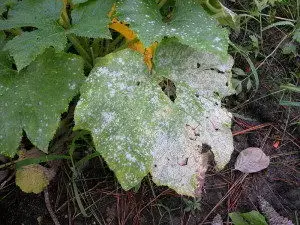
Powdery Mildew:
Powdery Mildew is a tree fungus that coats the tree’s leaves, blocking the process of photosynthesis . Every year trees and shrubs rely on photosynthesis to create food for new leaf growth. When this process is interrupted by powdery mildew the food reserves aren’t replenished and the tree/shrub’s growth will be stunted which can affect overall health. The stress caused by Powdery Mildew also makes the tree more susceptible to other diseases and insect infestations.
Symptoms: Powdery mildew is characterized by spots or patches of white to grayish, talcum-powder-like growth on the upper side of leaves.
Cercospora Leaf Spot:
The tree fungus begins as a small spot on the leaves. As the disease progresses more spots appear until the leaf ceases to function as the site of the tree’s food production process and falls off the tree.
Symptoms: Round leaf spots (may have purple or dark brown borders), and tiny black flecks (fungal spores) in the center of the spots.
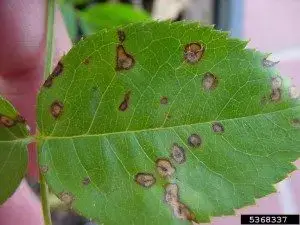
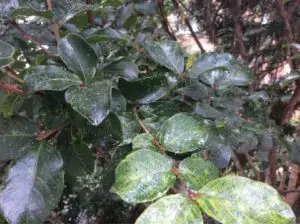
Crape Myrtle Aphids:
Also known as plant lice, aphids are among the most destructive tree bugs. These plant-sucking insects feed on the sap of a tree or shrub. Their excrement, referred to as honeydew, is commonly mistaken for sap dripping from a tree’s canopy.
Symptoms: Drooping leaves, yellow spots, black small dots on the underside of the leaves (what aphids look like to the naked eye), honeydew, sooty mold, and ants on the tree.
Japanese Beetles:
First brought to the United States in 1916 in a shipment of iris bulbs, these invasive tree bugs can defoliate an entire tree in a matter of days.
Symptoms: Large amounts of brown chewed leaves, skeletonized leaves (only the veins of the leaf left intact), leaves falling off trees, and trees that look scorched by fire from a distance.
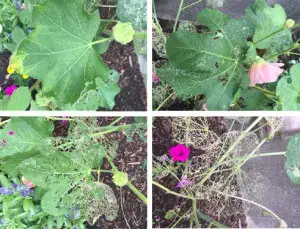
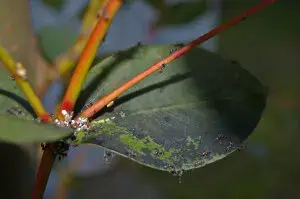
Sooty Mold:
Sooty mold is a fungus that grows on top of honeydew (the excrement of plant-sucking insects) and coats the leaves to the point where they can no longer absorb sunlight. This interrupts photosynthesis and the tree will not be able to produce the nutrients they need for survival. If your trees and shrubs are turning black you most likely have a sooty mold problem caused by an insect infestation.
Call: (703) 573-3029
Trustindex verifies that the original source of the review is Google. I connected with RTEC through a neighbor who was interviewing RTEC for tree work on her yard. Ben was very thorough looking at the trees that I thought needed work. He understood my desire to keep the trees healthy and reduce falling limbs. The price my small job seemed reasonable. The crew came on Friday for the contract I signed on Monday. I was able to speak with the crew leader and give him my perspective on the work needed before I had to leave for another engagement. When I returned, the work was done just as Ben and I had discussed and I discussed with Pedro. The yard was cleared of debris. I was pleased with the result and there was honestly nothing to criticize.Trustindex verifies that the original source of the review is Google. I have used RTEC Treecare both at my home and for a commercial job and I have been very happy with them. They are professional, knowledgable, and great to work with. Communication was a breeze! I highly recommend them!Trustindex verifies that the original source of the review is Google. RTEC treated my crape myrtles and saved them from disease. My yard looks great since I started using RTEC last year! They are so knowledgeable and helpful!Trustindex verifies that the original source of the review is Google. We had a large (4’) diameter maple tree at the end of our driveway (and neighbor’s driveway) that needed to come down. We worked with RTEC on a removal strategy that wouldn’t impact our neighbors. When we came home that evening the tree and the cleanup was so thorough I joked with my wife that “someone had stolen our tree!” RTEC is masterful in their work, true skilled professionals!Trustindex verifies that the original source of the review is Google. RTEC Tree has been taking care of our front Zelkova with biostimulant treatments for several years now. We had extensive front hard and landscape construction completed around the Zelkova, and the tree came through beautifully with no shock whatsoever. They recently pruned our Zelkova, and they preserved the shape of the tree. Upon pruning, they noticed a nest of 3 baby squirrels in the crook of two of the limbs. They respected that nest and notified me that they worked around the nest. Thank you, RTEC! They also removed 4 dead or suspect limbs from an oak tree adjoining our back yard. The limbs were hanging over our fence and house. They cleaned up all the debris after carefully lowering the limbs without damage to our patio furniture and grill. They respect the existing new landscaping. RTEC has also removed diseased trees from our property over the years, including an oak tree from the Resource Protection Area (which was not on our property). They worked with Fairfax County to file all paperwork to remove the tree which posed a hazard to the surrounding homes including ours. RTEC has all the equipment to deal with any tree problem and their crews are pleasant to interact with. Ben Gotch has been our consultant and he is tuned into the homeowner. Very detail oriented and thorough. He kept us apprised of our service especially if scheduling modifications needed to be made. RTEC arrived on time and finished the jobs in an efficient manner, cleaning up all the debris. I very highly recommend RTEC for all your tree needs.Trustindex verifies that the original source of the review is Google. I love RTEC. Ben is especially great. He's the only tree guy who has ever told me not to do tree work, which to me shows honesty compared to the other guys, whose only solution is always to cut the tree down.Trustindex verifies that the original source of the review is Google. Excellent service!Trustindex verifies that the original source of the review is Google. We've been using RTEC Treecare for about 5 years for pruning, tree removal, and the Bio-stimulant Program for our old maple tree that keeps the house cool in the summer. We really like that they have knowledgeable arborists on staff and know what they're doing.Trustindex verifies that the original source of the review is Google. Have been using for many years. professional and detailed in treatments and pruning.Trustindex verifies that the original source of the review is Google. We have used RTEC Treecare for over 10 years and have really appreciated their attention to keeping our trees and shrubs in good health. We have a number large trees that have needed various treatments and have been pleased to be able to maintain them in a healthy and attractive condition. I highly recommend them and their arborist Ben Gotch.Google rating score: 4.9 of 5, based on 245 reviews

